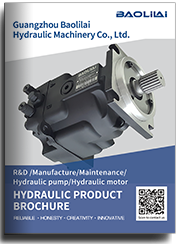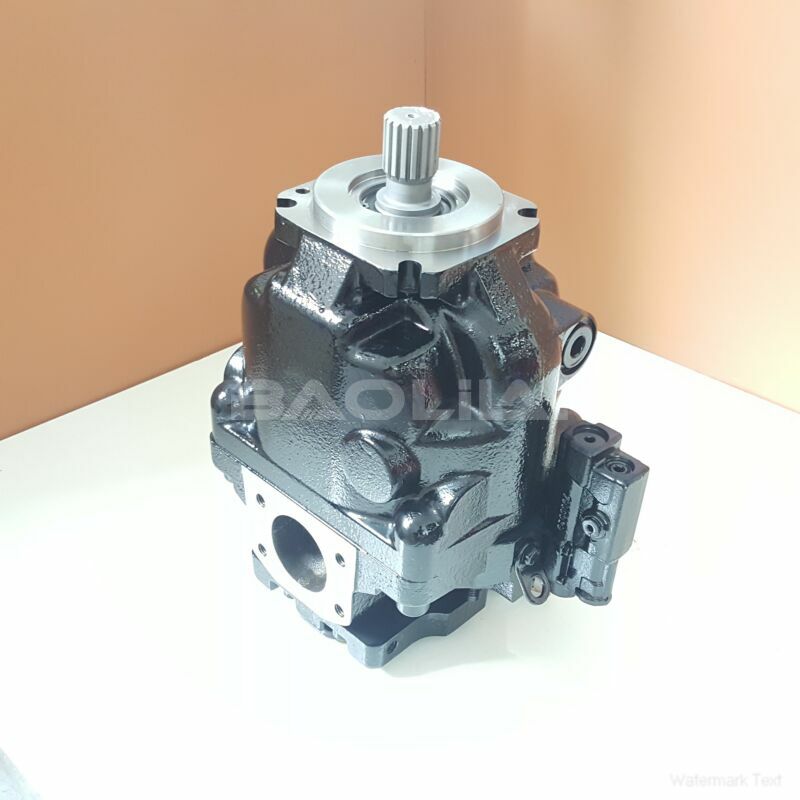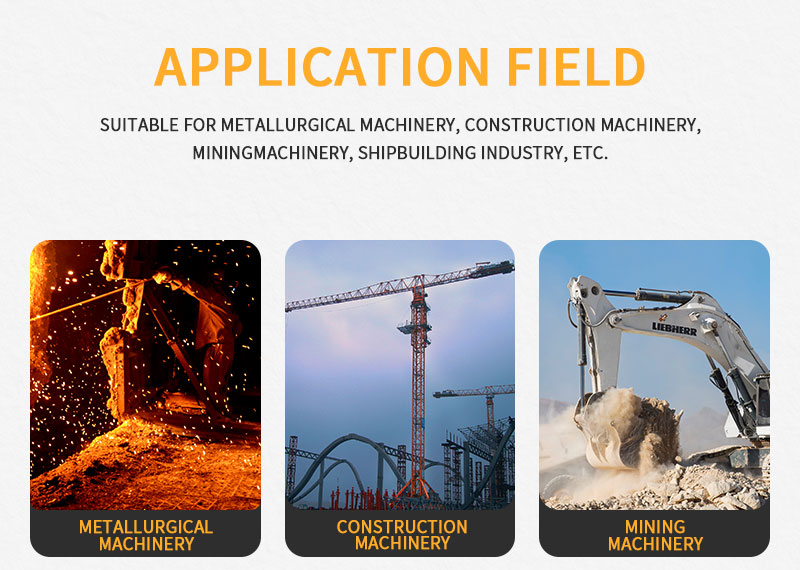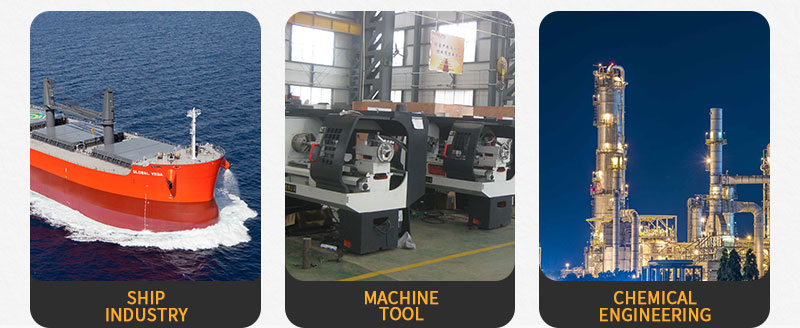ERR100BLS2020NNN3S2CPA1NAAANNNNNN hydraulic pump
ERR100BLS2020NNN3S2CPA1NAAANNNNNN hydraulic pump

- Product Details
- Applicable Scene
Once the causes of vibration are identified, it’s time to implement solutions:
ER-R-100B-LS-20-20-NN-N-3-S2CP-A1N-AAA-NNN-NNN
ERR100BLS2020NNN3S2CPA1NAAANNNNNN
Realign Components: If misalignment is detected, use laser alignment tools to accurately align the pump and motor.

80004396
Replace Worn Bearings: Regularly inspect and replace bearings that show signs of wear. This proactive approach can significantly reduce vibration levels.
Optimize Fluid Flow: Ensure that the hydraulic system design allows for smooth fluid flow. Adequate pipe sizing, bends, and support are essential to minimize turbulence.
Address Cavitation: To mitigate cavitation, ensure that the pump operates within its designed pressure parameters. Check the fluid supply for any obstructions and consider installing a pressure gauge.
Balance Rotating Parts: If imbalance is a factor, re-balance the rotating components of the pump. This may involve adding or redistributing weight on the impeller or rotor.
Damping Solutions: Installing dampening elements such as vibration isolators or mounts can absorb vibrations and prevent them from transmitting through the system.
Preventive Measures
Preventing vibration issues before they escalate is critical in high-speed systems. Implement these practices:
Routine Maintenance: Establish a regular maintenance schedule that includes inspection, lubrication, and replacement of worn components.
Training Personnel: Train operators and maintenance staff to recognize signs of vibration issues and understand proper operational practices to minimize risk.
System Upgrades: As technology advances, consider upgrading to more reliable hydraulic components or systems that reduce vibration susceptibility.
Conclusion
Hydraulic pump vibration in high-speed systems can significantly affect performance and longevity. By understanding the causes and symptoms of vibration, conducting thorough analyses, and implementing effective solutions, operators can greatly reduce these issues. Regular maintenance and preventive measures will not only minimize vibration but also ensure optimal performance of hydraulic systems, ultimately leading to increased productivity and reduced operational costs.





